Effective Reaction Charts for Orgo 1
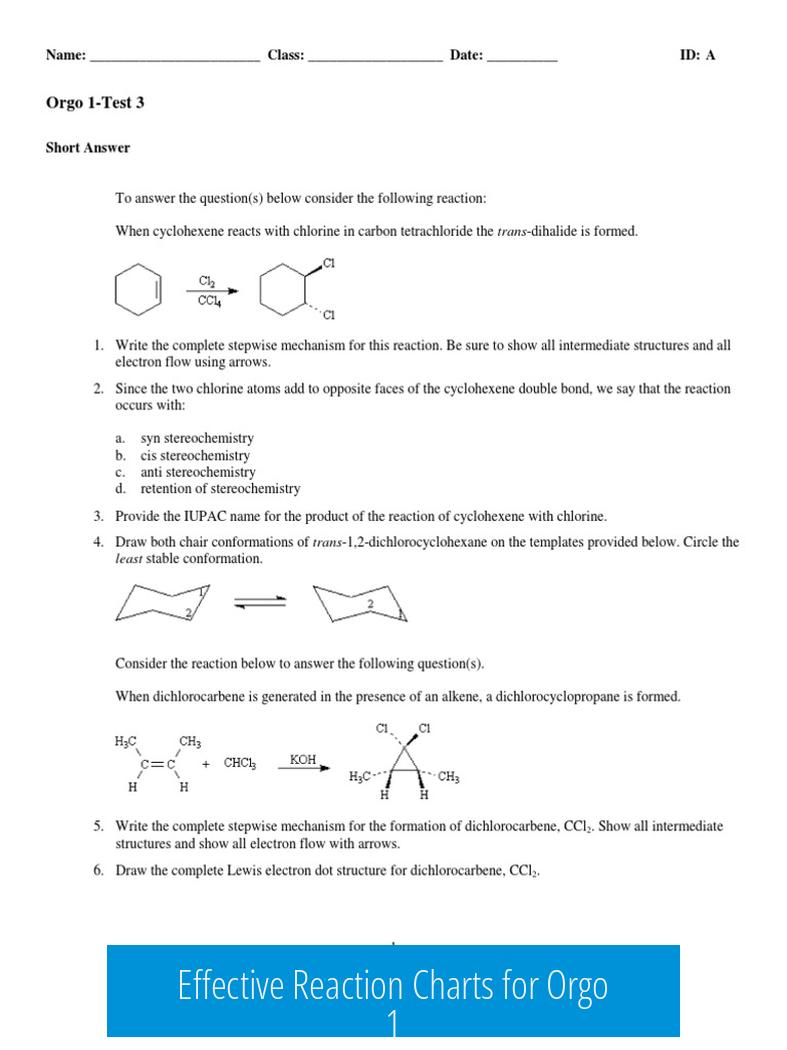
A great reaction chart for Orgo 1 efficiently summarizes key organic chemistry reactions, mechanisms, and reagent information in a clear and organized format. Such charts help students quickly recall critical details, including stereochemistry and mechanism type.
Recommended Starter Reaction Roadmaps
- Roadmap for Reactions Chpt 18, 19 – Highlights important synthetic steps and reaction types in later chapters.
- Mechanism Sheets Chpt 6-11 Roadmap – Focuses on fundamental mechanisms covered early in Orgo 1.
Organizing Your Own Notes for Reactions
Creating a personalized binder or notebook aids memorization. Dedicate odd-numbered pages to compound syntheses and even-numbered pages to their reactions.
| Left Page (Synthesis) | Right Page (Reactions) |
|---|---|
| Compound structureKey reagents | Reaction arrows from compoundReagent conditionsMechanism type (SN1/SN2)Stereochemical details (Markovnikov, syn addition) |
This side-by-side organization presents the compound with synthesis routes alongside reaction outcomes and mechanisms.
Visual Example of Layout
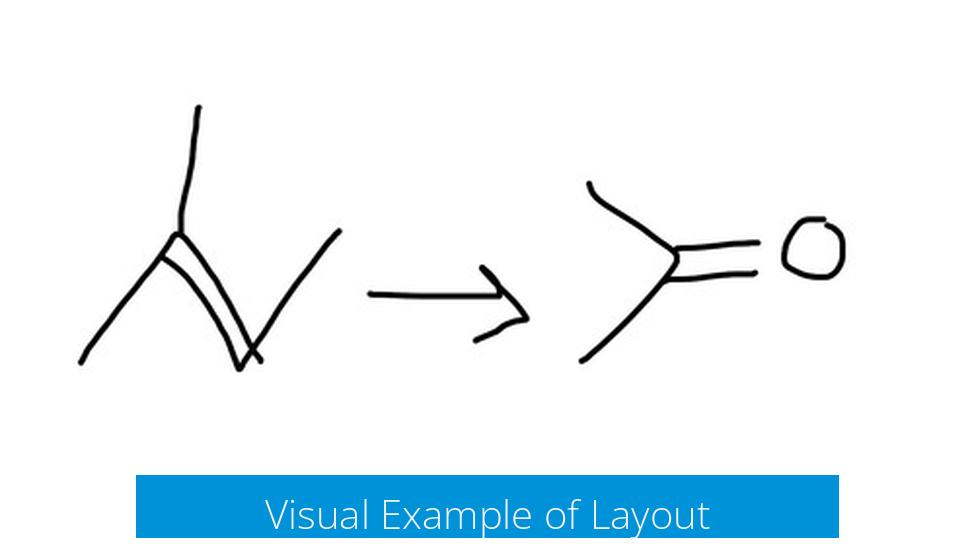
A useful example sketch shows how each page pairs synthesis and reactions visually for easier comprehension and review. See a rough sketch here: Visual Organization.
Additional Resources for Organic Chemistry
- Organic Chemistry Tutoring Resources – Offers detailed guides and practice materials.
- Free Organic Chemistry Survival Guide – Helpful study companion for Orgo 1 and 2 exams.
Key Takeaways
- Use starter roadmaps from trusted university sources for core reaction frameworks.
- Adopt a binder system with synthesis on one page and reactions on the opposite.
- Incorporate specific tips about regioselectivity and stereochemistry.
- Refer to visual sketches for structuring your notes efficiently.
- Leverage supplementary online resources to deepen understanding.
Anyone Have a Great Chart with Reactions from Orgo 1? The Ultimate Guide
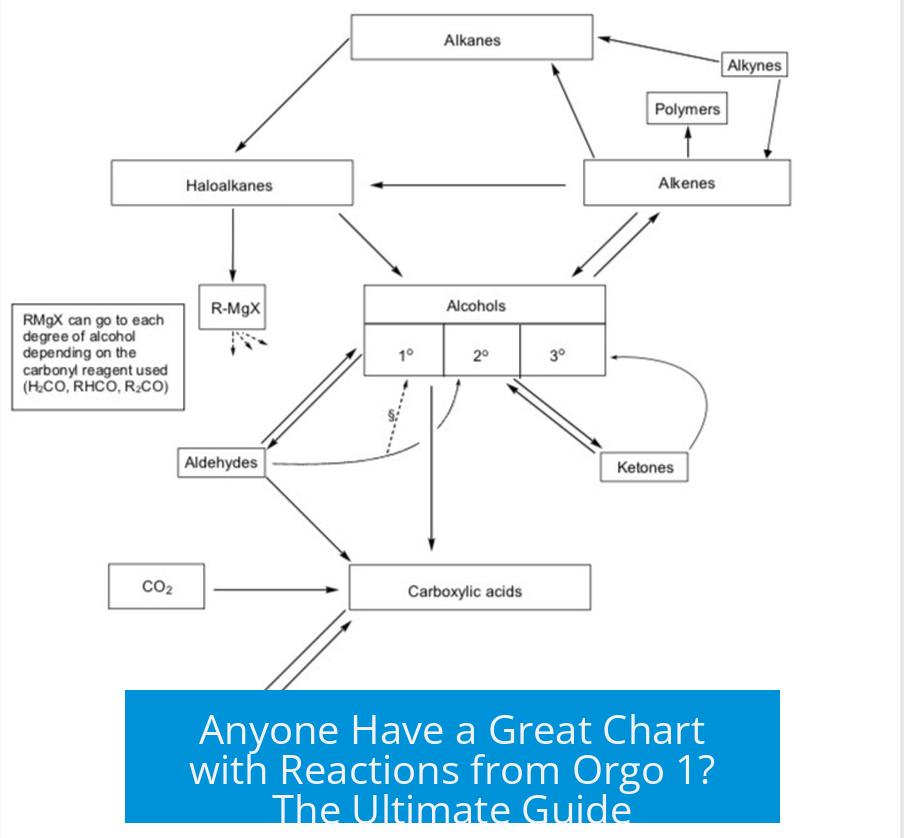
If you’ve ever sat staring blankly at a sea of organic reactions in Orgo 1, wishing for a magical roadmap, you’re not alone. Organic chemistry can feel like decoding an ancient language without a Rosetta Stone. Luckily, there are some solid resources and smart ways to organize your reaction knowledge that’ll turn confusion into clarity.
So, what exactly is the best way to tackle “Anyone have a great chart with reactions from Orgo 1?” The simple answer: Use well-crafted reaction charts combined with a personalized, organized note-taking system. Let’s break down why this works and how to do it efficiently.
Ready-made Reaction Charts: The Starting Block
Diving into Orgo 1 reactions is like walking into a maze without a map. But fear not. Some universities, like the University of Texas, offer handy reaction roadmaps that act like GPS for your study sessions.
- Roadmap for Reactions (Chpt 18 & 19): Focuses on important reaction sequences.
- Mechanism Sheets Roadmap (Chpt 6-11): Targets mechanisms and methodical steps.
Both provide clean layouts that show how various reactions connect, which can be gold for visual learners or anyone overwhelmed by disconnected facts.
Why Personalized Note-taking Beats Just Relying on Charts
A static chart is fine, but chemistry is dynamic—understand mechanisms, conditions, and nuances. That’s where a clever personalized notebook shines.
One top tip from seasoned students is to use a notebook or binder method where:
- Each page or two covers the synthesis and reaction of a functional group.
- The left side shows a “roadmap” or sketch of transformation pathways.
- The right side lists reagents, reaction conditions, and helpful tips.
For example, if you’re studying alcohols, the left page would center on the synthesis routes to alcohols. The next page deeply explores alcohol reactions with arrows indicating outcomes depending on reagents—highlighting Markovnikov vs anti-Markovnikov additions, syn or anti addition, and Sn1 or Sn2 mechanisms. This gives you context.
Why does this help? Because seeing the context and rules side-by-side trains your brain to connect dots during exams rather than memorize random facts.
Visualizing Your Notes: Sketch Example

Not a fan of boring text? Sketching can unlock your retention power.
One shared sample visual is here: Sketch-style reaction organization. It shows:
- Compound on far left
- Arrows illustrating reactions going outwards
- Reagents and reaction type notes alongside
This method builds a “mental roadmap” that’s way more powerful in active recall than plain text.
How Detailed Should Your Chart or Notes Be?
The sweet spot is enough detail to guide you but not so much that it becomes a dense textbook page. Target clarity with:
- Synthesis first, reactions second
- Key details: reaction type (Sn1/Sn2), regioselectivity (Markovnikov), stereochemistry (syn/anti), substrate types (primary/secondary/tertiary)
- Examples with specific reagents like HBr, PCC, or PCC and why they matter
Try this organization for each functional group: alcohols, alkenes, alkynes, halides, etc.
Want to Go Beyond Charts? Organic Chemistry Survival Guides
Sometimes, reaction charts alone won’t cut it. Cracking Orgo 1 requires tactical study strategies, problem practice, and structured review.
There are great resources to help you survive and even enjoy organic chemistry such as:
- Organic Chemistry Tutoring Resources
- Free Organic Chemistry Survival Guide: A great walkthrough from Orgo 1 to 2
These guides provide study tips, exam strategies, and deeper insights into mechanisms beyond the simple charts.
Putting It All Together: Your Orgo 1 Reaction Chart System
Here’s the game plan:
- Download or print effective reaction roadmaps like the ones from UT Austin.
- Start your own binder or notebook. Dedicate pages to each group’s synthesis and reactions.
- Create sketches and arrows illustrating reaction flow and mechanisms.
- Add notes about reagents, conditions, and subtle mechanisms hints on the right side.
- Study actively by quizzing yourself using your notes and roadmaps.
This system reduces overwhelm and gives you a personalized, visual, strategic view of Orgo 1 reactions.
Final Thoughts: Why a Great Reaction Chart Isn’t Just About the Chart
Have you noticed how simply seeing a chart doesn’t always guarantee you’ll remember all those reactions? The secret lies in context and active organization.
Creating your own clean, clear, and personalized reaction chart with notes and sketches turns extra effort into smarter, not harder, studying. Patience here pays off with sharper recall, faster problem solving, and confidence in exams.
So next time you ask, “Anyone have a great chart with reactions from Orgo 1?” take it as a call to build your own living roadmap rather than only using premade ones. Combine the best charts, your notes, and survival guides. You’ll find organic chemistry not just navigable but even enjoyable.
Ready to sketch your way to Orgo success?
What are some good reaction charts for Orgo 1?
Two useful starter charts cover reaction mechanisms and pathways. One focuses on reactions from chapters 18 and 19. The other covers mechanisms from chapters 6 to 11. Both are free and available online as PDFs.
How can I organize Orgo 1 reactions effectively?
Use a notebook or binder with pages dedicated to synthesis and reactions. One side shows the reaction roadmap. The other lists reagents, mechanism types, and practical tips like Markovnikov or stereochemistry details.
Is there a visual example to help organize reactions?
Yes, there is a rough sketch showing layout ideas. It places synthesis steps on one page with arrows pointing to reactions on the next page. This helps visualize pathways for specific functional groups.
What should a detailed reaction page include?
Each page should focus on one compound type. For example, list all reactions involving alcohols with arrows showing reagents and outcomes. This makes it easier to study transformations group by group.
Where can I find more resources for Orgo 1 help?
There are online tutoring sites and free survival guides tailored for organic chemistry students. These materials offer additional practice and study strategies beyond just reaction charts.


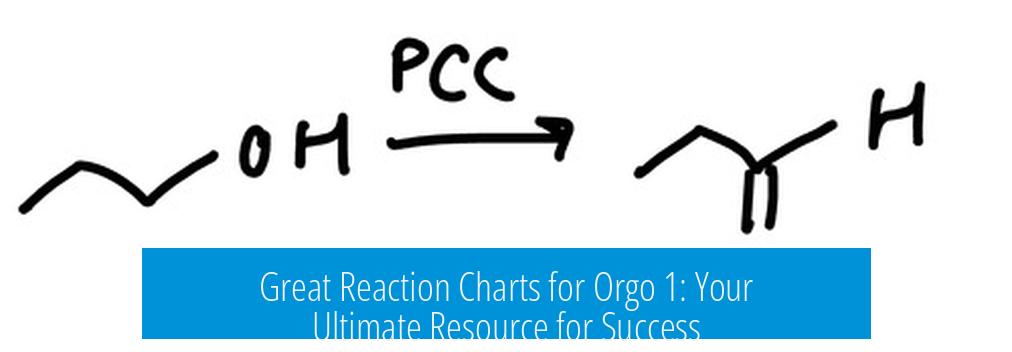
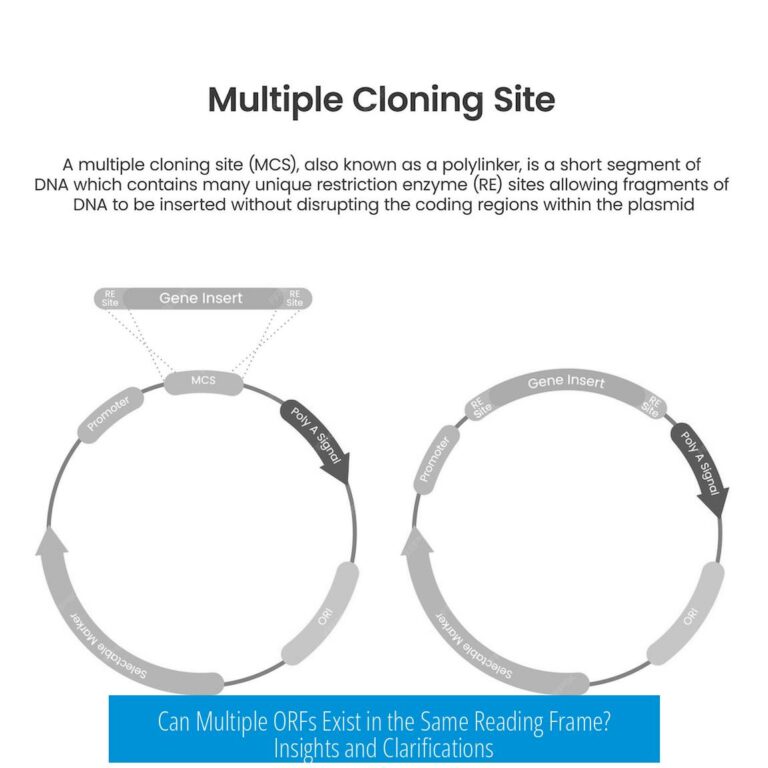

Leave a Comment